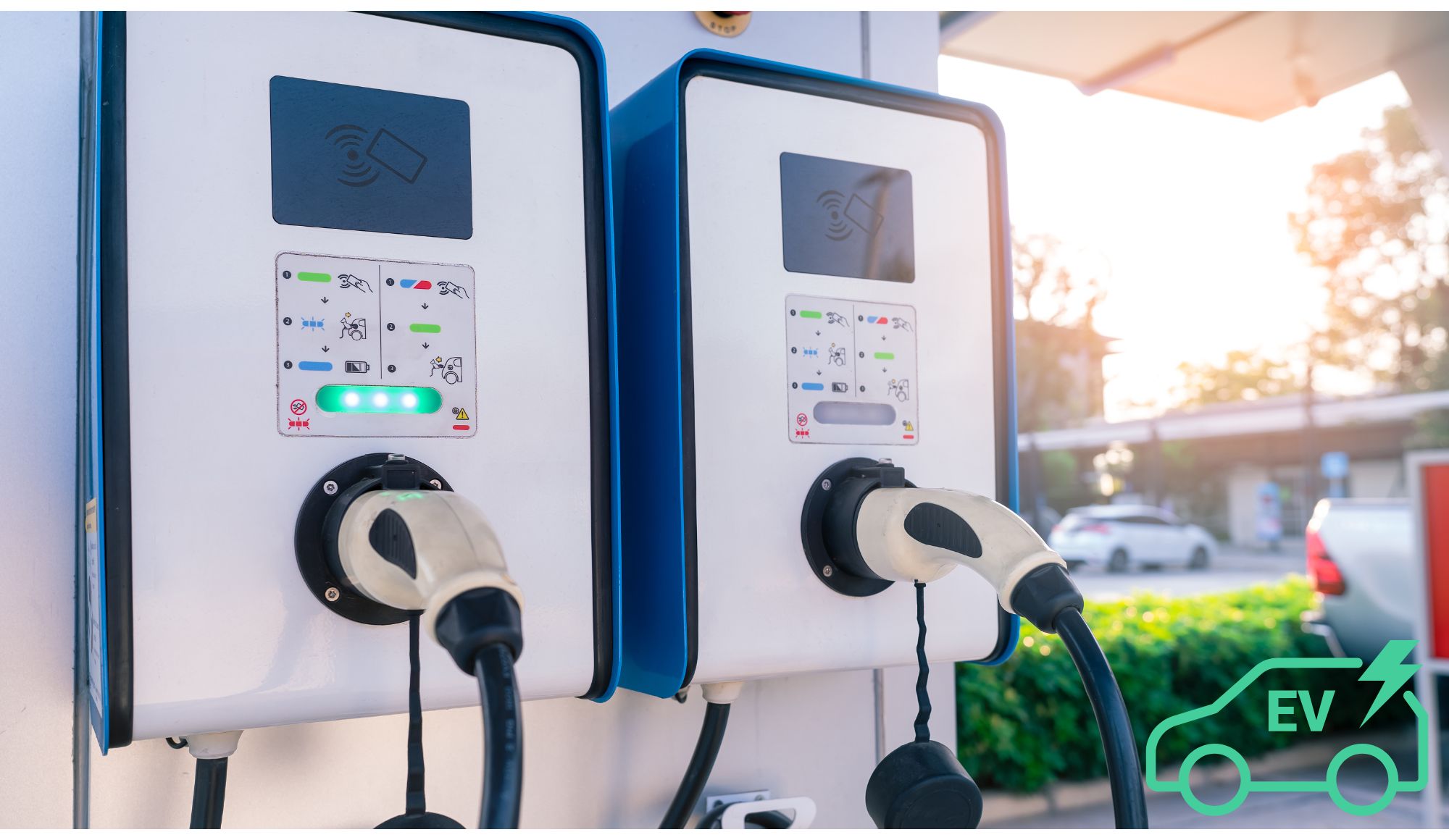1 EV Stock Is Racing Against the Clock
If you’re kicking the tires on ChargePoint Holdings (NYSE: CHPT), you might come away thinking the company is finally turning a corner. After all, its fiscal 2025 results came with plenty of upbeat language around improving margins and leaner operations.
But scratch beneath the surface, and you’ll see a company still bleeding cash, and racing against time to stay relevant, solvent, and listed.
Here’s what most investors miss about ChargePoint, and why the next year could make or break this EV charging pioneer.
ChargePoint Isn’t Just Selling Hardware
At its core, ChargePoint builds the backbone of EV charging, not just home chargers, but large-scale infrastructure for fleets and businesses. It’s the pipes-and-plumbing of the electric future. What many folks don’t realize, though, is that a growing portion of its revenue doesn’t come from selling the hardware itself. It comes from recurring software subscriptions and network services tied to those chargers.
In theory, that’s a dream combo, upfront product revenue plus recurring SaaS-like income. But in practice? That recurring piece is still too small to cover the company’s burn rate. Hardware may be the entry point, but it’s also a low-margin business, and scaling fast enough to make software the hero of the story is proving tricky.
1 Number That Should Raise Eyebrows
That’s how much ChargePoint spent on R&D last year, even more than the $130 million it spent trying to actually sell its products. To put that in perspective, its gross profit for the year was just over the 9-figure market. That means even before accounting for sales, admin, and other operating costs, R&D alone is eating the company alive.
Why so much spending? Because the EV charging world isn’t just fast-moving, it’s brutal. Standards are shifting. New vehicles are demanding faster charge times. And Tesla’s decision to open its NACS plug to the wider industry threw a wrench into everyone’s hardware plans.
It’s a classic innovator’s dilemma because if ChargePoint stops investing in next-gen tech, it risks becoming obsolete but if it keeps spending, the balance sheet keeps shrinking. Which brings us to the next big red flag.
That Cash Cushion Is Getting Uncomfortably Thin
At the end of fiscal 2025, ChargePoint had just north of $200 million in cash. That might sound like a lot until you realize it burned through over $100 million over the past 12 months. At that pace, the company may well be forced to raise capital again within the next 12–18 months.
And here’s where things get dicey because with the stock price now flirting below the NYSE’s minimum listing requirement, ChargePoint risks being delisted unless it stages a comeback or enacts a reverse stock split. That’s not just cosmetic but signals distress, and can spook institutional investors and partners alike.
In other words, ChargePoint isn’t just fighting to gain market share. It’s fighting to survive in public markets at all.
A Turnaround Is Happening But It’s Not Fast Enough
To its credit, ChargePoint’s leadership is doing what it can. Cost-cutting efforts helped lift adjusted gross margins by 8 percentage points year over year. Operating expenses have come down. Losses are narrowing.
But this is still a company that has never posted a profit. Not even close. And while management talks about the “path to profitability,” there’s no clear indication they’ll actually reach it in the next 12 months. Realistically, that path looks more like a long and winding road, not a short sprint.
Here’s What Most Investors Don’t Know
One overlooked factor working against ChargePoint is infrastructure lag. The U.S. government’s $7 billion+ EV charging initiative under the Bipartisan Infrastructure Law sounds great in headlines but in reality, only a sliver of that money has made it to the ground. As of early 2025, fewer than 10% of federally funded chargers had actually been installed.
That’s left companies like ChargePoint holding the bag, building ahead of the curve in hopes the demand wave will catch up. But delayed federal rollouts and local permitting hurdles have slowed that wave to a trickle. What’s the takeaway? More spending now for revenue that might not materialize for years.
So, Should You Buy the Dip?
Look, the EV market is still one of the most exciting growth stories out there. And ChargePoint is one of the better-known players in charging infrastructure, a market that has to grow if EV adoption continues.
But here’s the hard truth, ChargePoint is a high-risk bet right now. It’s not profitable. It’s burning cash. It may face dilution or delisting. And its business model is still trying to shift from hardware-heavy to subscription-based.



